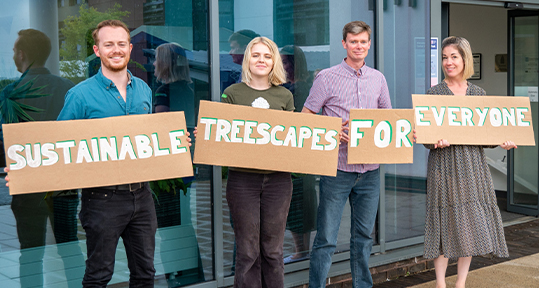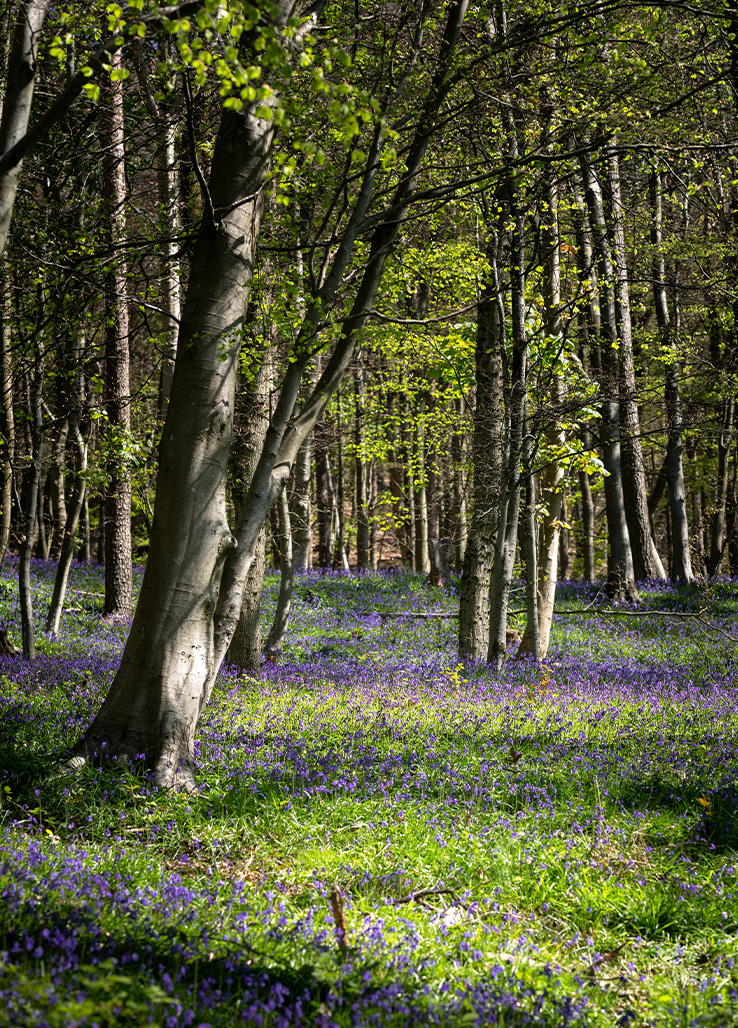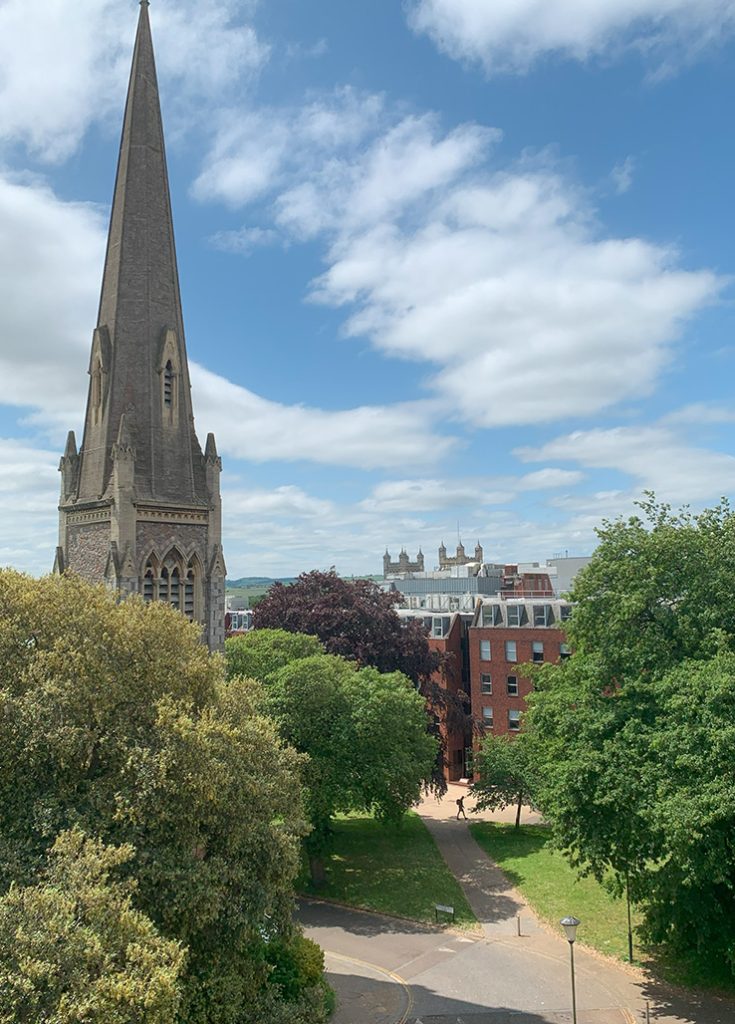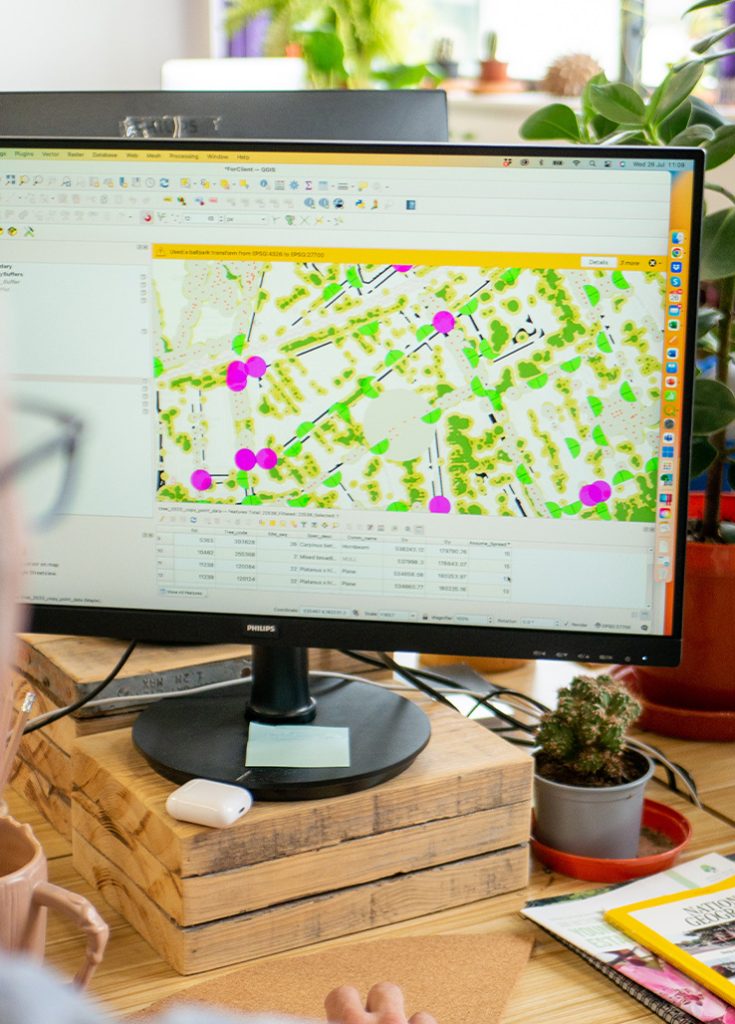Urban Forest Asset Valuation
This study encompasses all of the trees within your urban forest, both public and private. We gather structural data without the need for an existing inventory. Using GIS, we randomly distribute sample plots across the area, surveying these for tree cover, land use, and more. We then measure the ecosystem...







